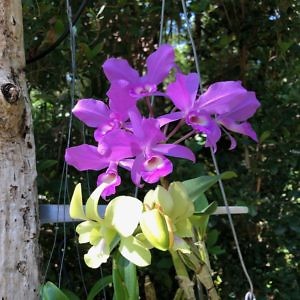It’s time for another landscape review of a particular class of drugs in early development.
 Here we take an in-depth look at the emerging SERD landscape in ER+ metastatic breast cancer. There’s a lot going on the ER+HER2- niche these days after a bit of a lull once we saw the CDK4/6 inhibitors approved so it’s a good opportunity for some extended colour commentary on what could become a hot area in oncology over the next couple of years.
Here we take an in-depth look at the emerging SERD landscape in ER+ metastatic breast cancer. There’s a lot going on the ER+HER2- niche these days after a bit of a lull once we saw the CDK4/6 inhibitors approved so it’s a good opportunity for some extended colour commentary on what could become a hot area in oncology over the next couple of years.
Overcoming or delaying the onset of therapeutic resistance is going to be important, but how do we go about achieving this?
Historically we have seen some success in inhibiting the activity of the estrogen receptor (ER) as a driver of oncogenic activity, but what if we could degrade the aberrant protein instead? Would this approach yield some further benefits for people with advanced breast cancer?
There are quite a few companies, big and small, involved in this space so there’s still much to play for, especially in terms of figuring out what the ideal drug should look like and which combinations might be most useful. We also highlight key upcoming conference presentations to watch out for – hint: there’s quite a lot of them!
To learn more from our oncology analysis and get a heads up on insights and commentary emerging from the ASCO and second AACR virtual meetings, subscribers can log-in or you can click to gain access to BSB Premium Content.
This content is restricted to subscribers



 It’s time for some commentary and insights regarding important emerging data from the AACR meeting.
It’s time for some commentary and insights regarding important emerging data from the AACR meeting.
 In the
In the  Here we take an in-depth look at the emerging SERD landscape in ER+ metastatic breast cancer. There’s a lot going on the ER+HER2- niche these days after a bit of a lull once we saw the CDK4/6 inhibitors approved so it’s a good opportunity for some extended colour commentary on what could become a hot area in oncology over the next couple of years.
Here we take an in-depth look at the emerging SERD landscape in ER+ metastatic breast cancer. There’s a lot going on the ER+HER2- niche these days after a bit of a lull once we saw the CDK4/6 inhibitors approved so it’s a good opportunity for some extended colour commentary on what could become a hot area in oncology over the next couple of years.